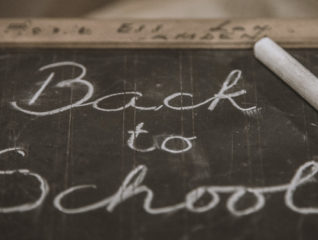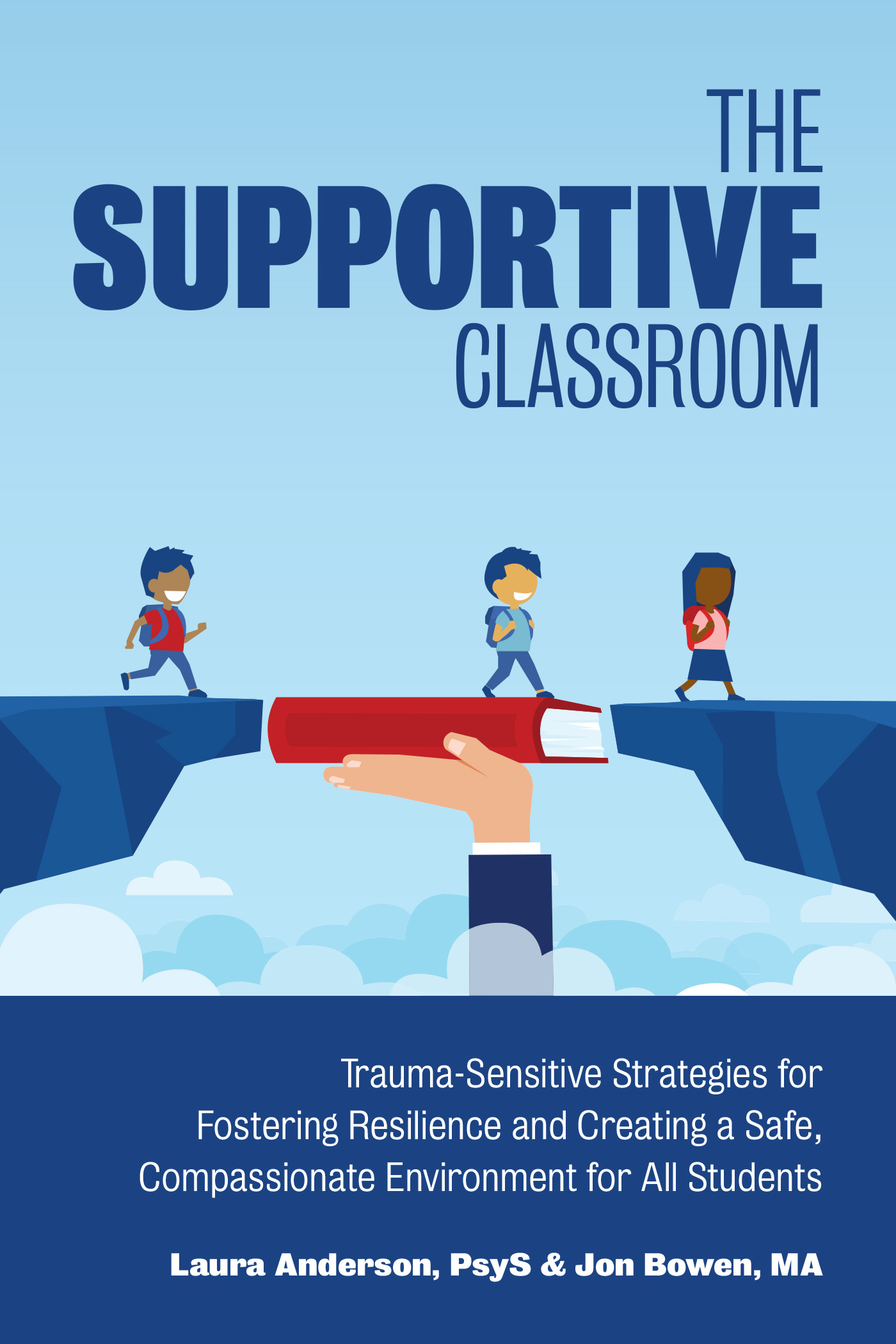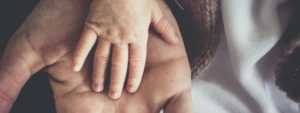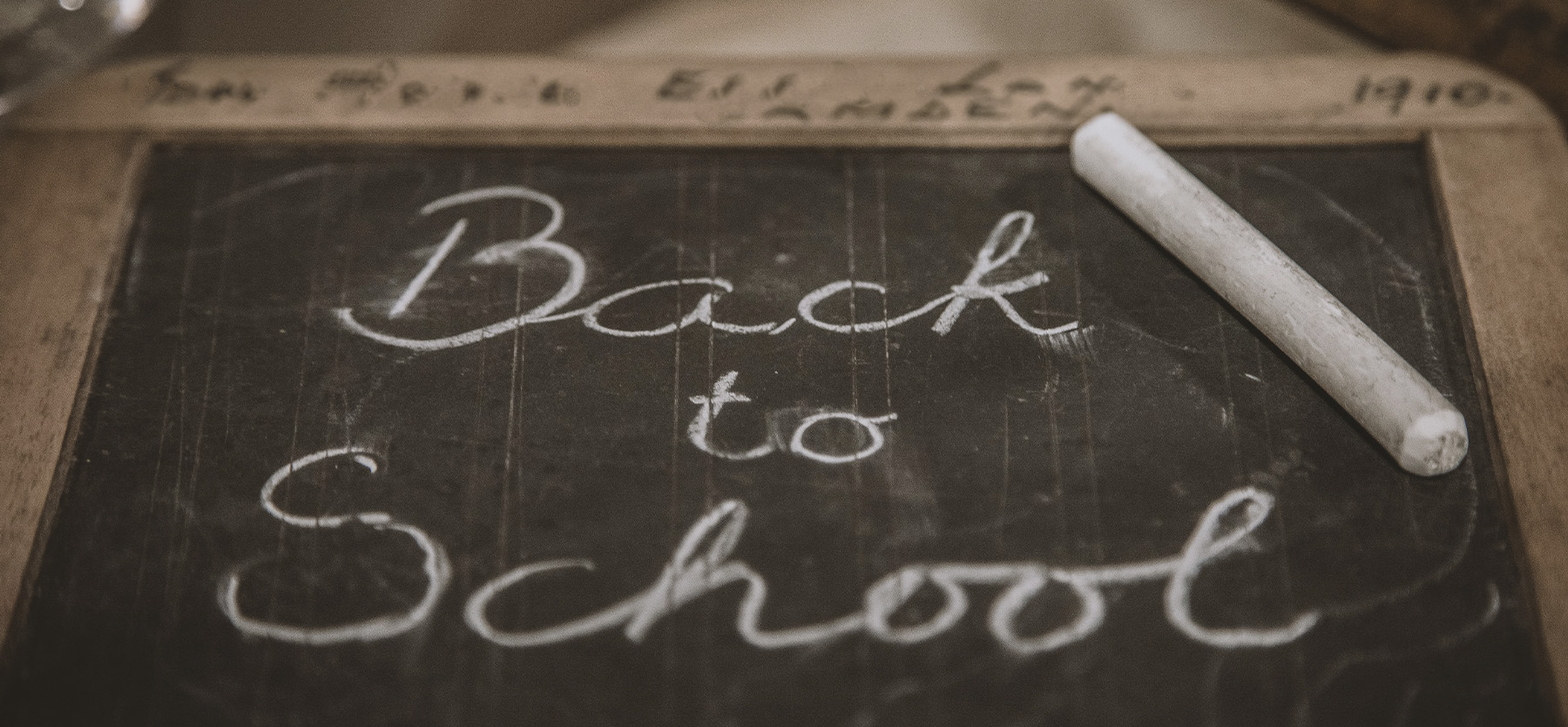
Resources and Tools to Prepare for School Re-openings
- Education
Teacher and Student Resources for Staying Safe and Connected During the School Year
There is much uncertainty hovering over us about whether or not schools will reopen this year or how educators will get their students and themselves back on track. Because of this preparing for the re-entry of schools this year can wreak havoc on our brains. This can cause many of us to react in ways that we normally wouldn’t.
Luckily, Laura Anderson and Jon Bowen, authors of The Supportive Classroom have put together videos for teachers. These videos highlight several themes that will help prepare teachers during this process in order to have a successful year, including:
- creating a safe environment
- building and maintaining relationships and connections
- using proactive and preventative approaches
We hope that these resources will be helpful in preparing teachers, students, and caretakers for next steps in furthering students’ education and developing a growth mindset during these difficult times.
Highlights:
In this video, Laura provides tips and advice for ways to help teachers and educators stay safe and connected for a successful re-entry. Some important strategies to incorporate into your life and into the classroom include:
- take a deep breath and pay attention to the muscles in your body that are clenching
- consider a mindfulness practice
- practice 20 minutes of mindfulness a day
- create safe spaces to teach a more appropriate way to escape an environment
- incorporate mini lessons into the classroom
- build connection by adding in fun, relationship-building activities and extra acknowledgment and reinforcement
Highlights:
In this video, Jon Bowen discusses helpful strategies to support students as they return to school, including:
1. Plan proactively for your classroom in your school environment. Think about using choke points to maintain social distancing inside of the classroom and in the school.
- Use visual prompts for space boundaries (e.g. masking tape on the floor to position desks, when students line up, etc.)
- Create a safe space within your classroom
2. Build relationships and connections.
- Reach out to families before school starts
- Learn about your students ahead of time, if possible
- Give students choices (e.g. what to write about, what materials to use, the order of activities, etc.)
- Greet students individually (keeping in mind social distancing)
- Make time for individual students
3. Teach, model, practice and reinforce existing behavior expectations and routines.
- Teach transition or attention signals
- Post your expectations
- Define or teach any new safety behaviors
- Aim to create a sense of community
- Plan breaks in your day to help you and your students stay calm and centered
- Use high rates of acknowledgment and reinforcements
- Look for kids doing the right thing
- Use group contingencies
- Use active supervision in all of your school environment
For more information on ways to feel safe and connected and how to support positive, healthy learning, check out The Supportive Classroom.
For more information on related topics, please visit KOI-Education.com and AZK12.org.
The Supportive Classroom
Build a mindful, trauma-aware classroom with this practical, easy-to-use book full of strategies and tools for understanding trauma and building empathy; designed specifically with busy teachers in mind. One in four children have witnessed or experienced a traumatic event that can affect behavior and learning. But, school can be a safe,
Learn more





